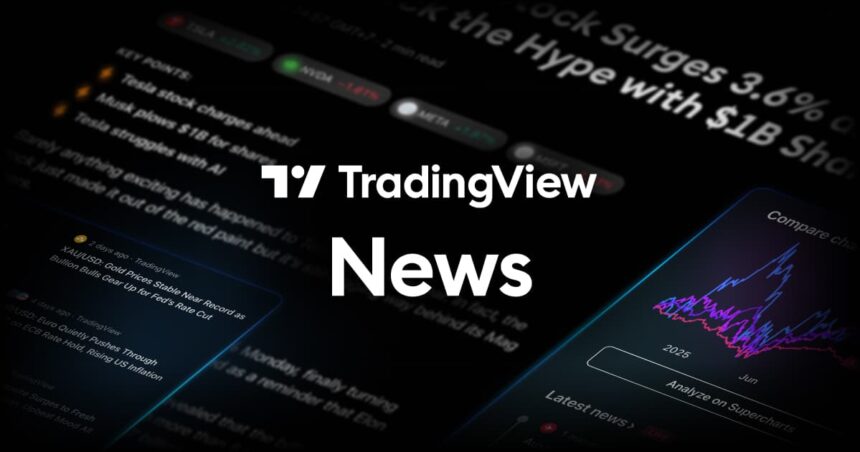Bitcoin has entered a critical week in October, with its future trajectory hanging in the balance following a significant market rebound. After experiencing the largest liquidation event in cryptocurrency history, Bitcoin has surged back to a high of $116,000, reflecting a 5.7% increase from last week’s lows of $109,700. This recovery has sparked a polarized response among traders, some of whom are questioning if the bullish market will return, while others are cautiously optimistic about the future.
The abrupt panic in the market was triggered by a single tariff announcement amid the escalating US-China trade tensions, which sent shockwaves through various asset classes, including stocks and gold. However, the return to the $116,000 mark has brought renewed hope to market participants, as evidenced by an additional half a billion dollars added to the overall crypto market cap since Friday.
Many trader analyses reveal contrasting outlooks. One trader, Roman, highlighted a trendline that has formed since August 2024, suggesting that if Bitcoin breaks below this support, it could signal the onset of a new bear market. Conversely, other traders pointed out that large institutional players seem to have re-entered the market, hinting at a potential reversal of fortunes if Bitcoin maintains its price above essential levels.
The recent volatility has drawn attention to the broader market dynamics. Following the liquidation cascade, on-chain analytics platform Glassnode reported a historic reset in crypto leverage, with funding rates dropping to bear-market lows not seen since 2022. Over the weekend, more than $20 billion in open interest vanished from exchanges, underscoring the extent of the market turbulence.
As the US government shutdown delays critical inflation data, all eyes are on Federal Reserve Chair Jerome Powell, who is expected to address economic outlook and monetary policy at an upcoming meeting. His remarks could be pivotal, as traders are speculating further interest rate cuts.
Adding another layer to the complexities of the current market, attitudes toward the US dollar and fiat currencies have shifted significantly. The rise of what is termed the “debasement trade”—viewing Bitcoin and gold as hedges against currency devaluation—has gained traction. As gold notched new all-time highs, there’s an increasing sense that Bitcoin could soon follow suit.
In this complicated landscape, the backdrop of rising inflation concerns poses additional challenges for risk assets, as the interplay between currency stability, market volatility, and speculative trading behavior could define the near-term future of cryptocurrencies.
With many indicators pointing in different directions, traders are urged to remain cautious amid the rapid shifts in sentiment and market conditions. The week ahead promises to be pivotal, as Bitcoin’s performance may dictate the broader narrative for the remainder of the year.







